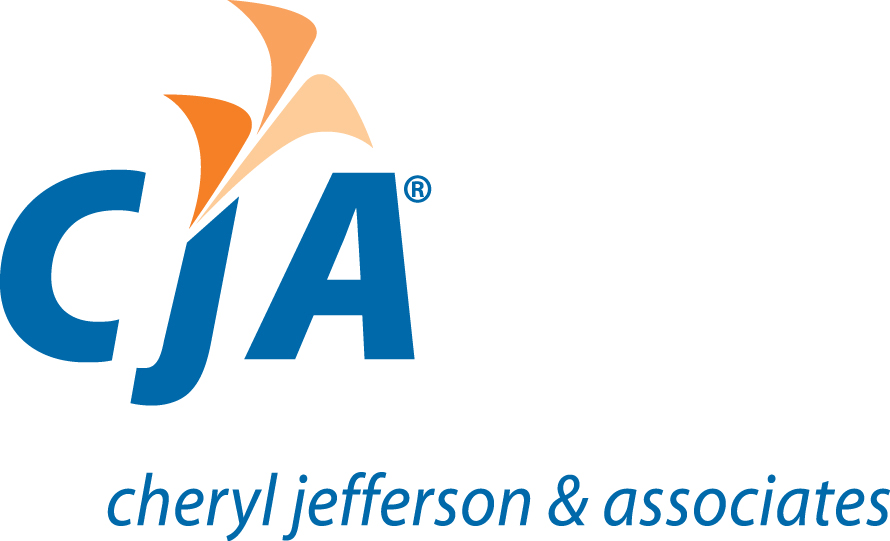How to Maintain FAR Compliance in QB
One of the areas of concern to government contractors is meeting the requirements for bookkeeping under Federal Acquisition Regulations (FAR). While the Defense Contract Audit Agency (DCAA) does NOT approve or recommend any accounting/bookkeeping software programs, it is important to make sure the right system is chosen. Many small government contracting companies use QuickBooks (QB) which is where we will focus.
While QB is not a software bookkeeping program designed specifically for government contract accounting, it has several features that give government contractors the ability to meet FAR requirements. The main features we will hone in on are the customer center, item list, and payroll item list. These lists allow the user to allocate costs by job, as required by FAR 31.201-2, in order for a cost to be allowable.
Customer Center
The customer center is where customers and jobs are set up. When setting up a customer, you should always set up a job under that customer. Then allocate all invoices and direct job costs to the job level or cost objective as required by FAR 31.201-4.
You can add more than one job to a customer. Be careful to only allocate costs to the job level and NOT the customer level. If you desire to track profitability by job, then allocate invoices by job in QB. In that case, you will use a Profit & Loss by Job report to track each job’s profitability. Continue to base actual invoices sent to customers on their requirements.
Item List
Once the customer jobs are set up, the next step is to set up the item list. This is a list of sales or service items the company offers. For government contractors, the user needs to set up items by Contract Line Item Numbers (CLIN), labor category, or Other Direct Cost (ODC). You may want to set up items to hit both specific revenue and direct cost accounts, which pulls costs through to paychecks, bills, and customer invoices. When used correctly, this is a good way to double-check that the customers invoice contains all the recorded costs.
If you are an 8(a) firm, you should designate the CLINs that are set up as items, as Prime 8(a), Prime Non (8a), or Subcontract revenue. The Small Business Administration (SBA) requires this in order to track the revenue type making sure targets have been met. Generally Accepted Accounting Principles (GAAP) require you to disclose revenue concentration risks in the financial statements. GAAP is the basis for DCAA accounting compliance.
You should create labor categories for PTO, holiday, overhead, G&A, B&P, etc. If set up properly, these labor categories record the labor in the correct accounts which is necessary for proper indirect rate calculations and billing proposals.
Break down ODCs by travel, materials, non-billable ODC, and ODC for incidental items. Add these items based on what you identify in the contract(s).
Payroll Items
Lastly, you should set up payroll items. Payroll items includes B&P labor, G&A labor, PTO, and holiday. Also, overhead labor, direct labor, bonuses, and payroll tax if needed. You should set these up for hourly wage and salary wage types as needed. Payroll items allow you to link customer jobs, items, and general ledger accounts for detailed tracking of labor costs.
QBs offers many different products. Consult with your government contract accountant to make sure you have the specific product that will work best for your small government contract company and to make sure it is set up properly.
Contributed by Jamie M. Shryock, CPA

